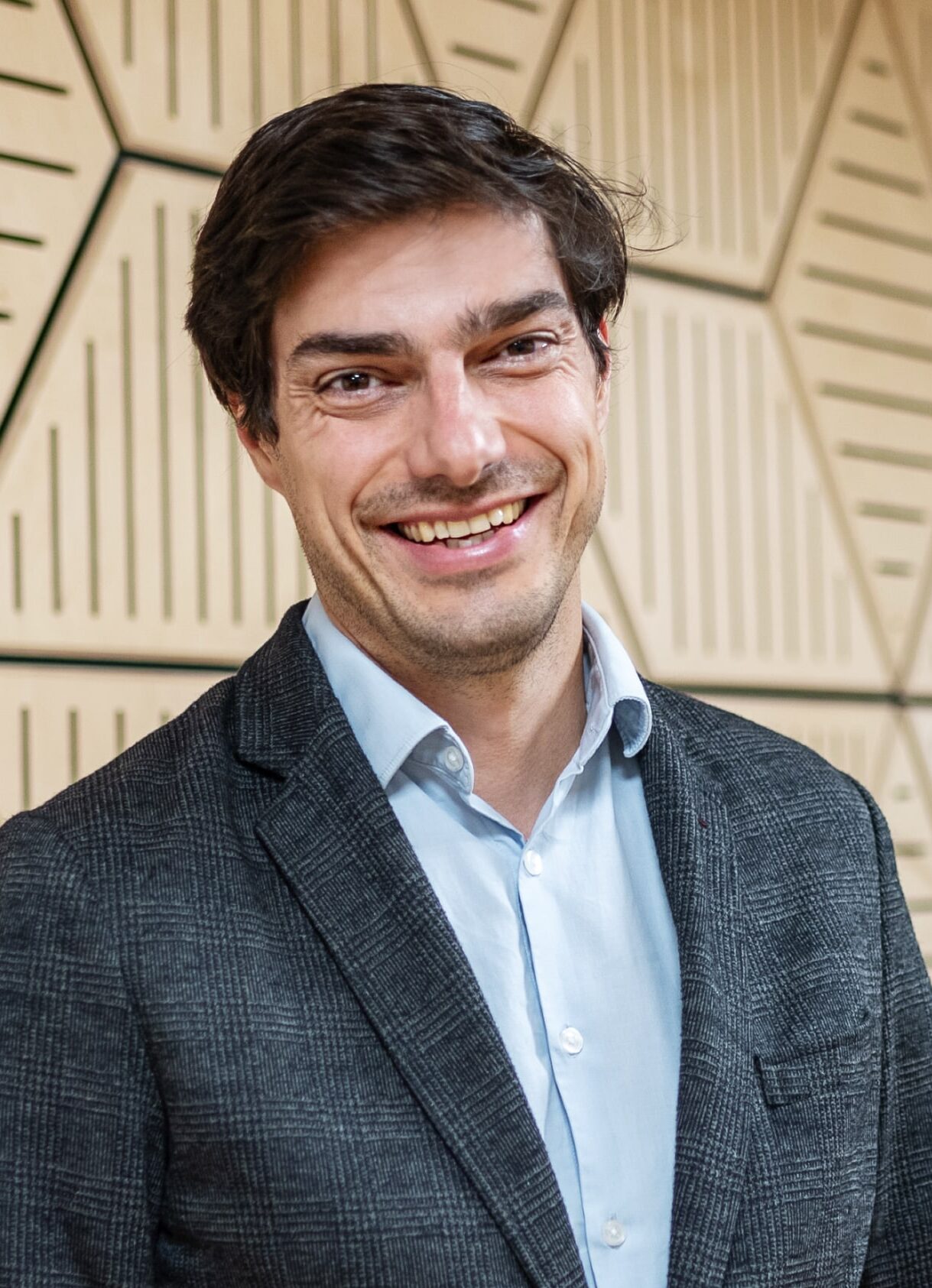The six weeks since my last post have been a busy time. Amidst a lot of work to get our Reach Fund and Impact Management programmes up and running, I’ve also been speaking to organisations about the ‘Infrastructure Investment’ strand of our capacity building work, as advertised in my last post.
This series of conversations has been really enlightening, and I have a few more scheduled: this process has been greatly enhanced by working closely with our colleagues at Big Society Capital and Cabinet Office. As this post explains, Big Society Capital have been testing a ‘Building Block’ framework with the intermediaries in their portfolio, which has provided a useful frame for my conversations. Cabinet Office, meanwhile, have supported both of our organisations to work carefully through our initial findings, and map out how best to develop this strand of work from here.
We have talked through and agreed an initial set of hypotheses which we are seeking to test: answers to the basic questions which underpin the rationale for this work. Firstly, we must ask ourselves what intermediary structures we believe are required to achieve our overall objective: to increase the amount of social investment flowing to charities and social enterprises, in order that they can sustain and increase their social impact.
Our shared hypothesis is that intermediaries are required to play three key roles: fund management, advisory support, and platforms to aggregate and share market information. BSC’s ‘building blocks’ are an increasingly tested and refined answer to the next question for us: “What capabilities and capacities do these different types of intermediary require to flourish?”.
On this front, there has thus far been broad consensus on the fundamentals, whilst acknowledging that there is still a lot of uncertainty about how the market will develop, which makes a key building block – the development of a medium-long term sustainable business model – challenging to achieve. The feedback we’ve had so far suggests that this affects intermediaries as a whole, but is a particular issue for advisory organisations.
While this is an overarching gap which we do not have the levers to fill directly, three broad themes have emerged at this stage in the conversation, all of which could contribute to reducing this uncertainty: learning and insight, data and systems, and recruitment and talent.
The first theme – learning and insight – is a gap partly as a function of the social investment market still being in a relatively early stage of development. Programmes such as the Investment and Contract Readiness fund are still quite recent, so understanding what the long-term impact on grantees, and hence the value of the support provided, requires ongoing work.
Such learning can be seen as enabling infrastructure to the extent that it would allow us to more precisely identify where advisory support works most effectively (i.e. leads to sustainable and impactful social investment), and hence strengthen the argument that their work is ‘worth paying for’.
Closely related, the use of data and systems amongst all intermediaries has consistently come through as an area which introduces ‘friction’, in the form of time spent maintaining less than ideal systems, and the opportunity cost of organisations being less data-driven (within individual organisations, and across the market as a whole) than they might be.
Recruitment and talent, meanwhile, appears to be a challenge of different degrees and ‘flavours’ across different types of intermediaries: in some cases, the gap is in being able to find suitably experienced candidates, while some organisations have reported that retaining and nurturing the talent they have is a recurring issue.
These three themes all have the potential to be addressed through supporting individual organisations to address their own challenges, as part of a co-ordinated, collaborative approach. Precisely what this might look like for each theme – and the types of investment or ‘fund’ we and others could establish to resource such work – are what we need to work through in the next stage of this process.
But first, we need to have more conversations, to do a bit more testing – do these three themes resonate? Is there anything crucial which we have missed? Once we have settled those questions, we can proceed to build out potential solutions: again, the preferred approach being to design these in a responsive way, taking feedback and building consensus as we go. Given that, please do get in touch with your challenges, objections, suggestions and questions: I will be working towards sharing a delivery plan towards the end of July, and any such contributions will be very welcome.









